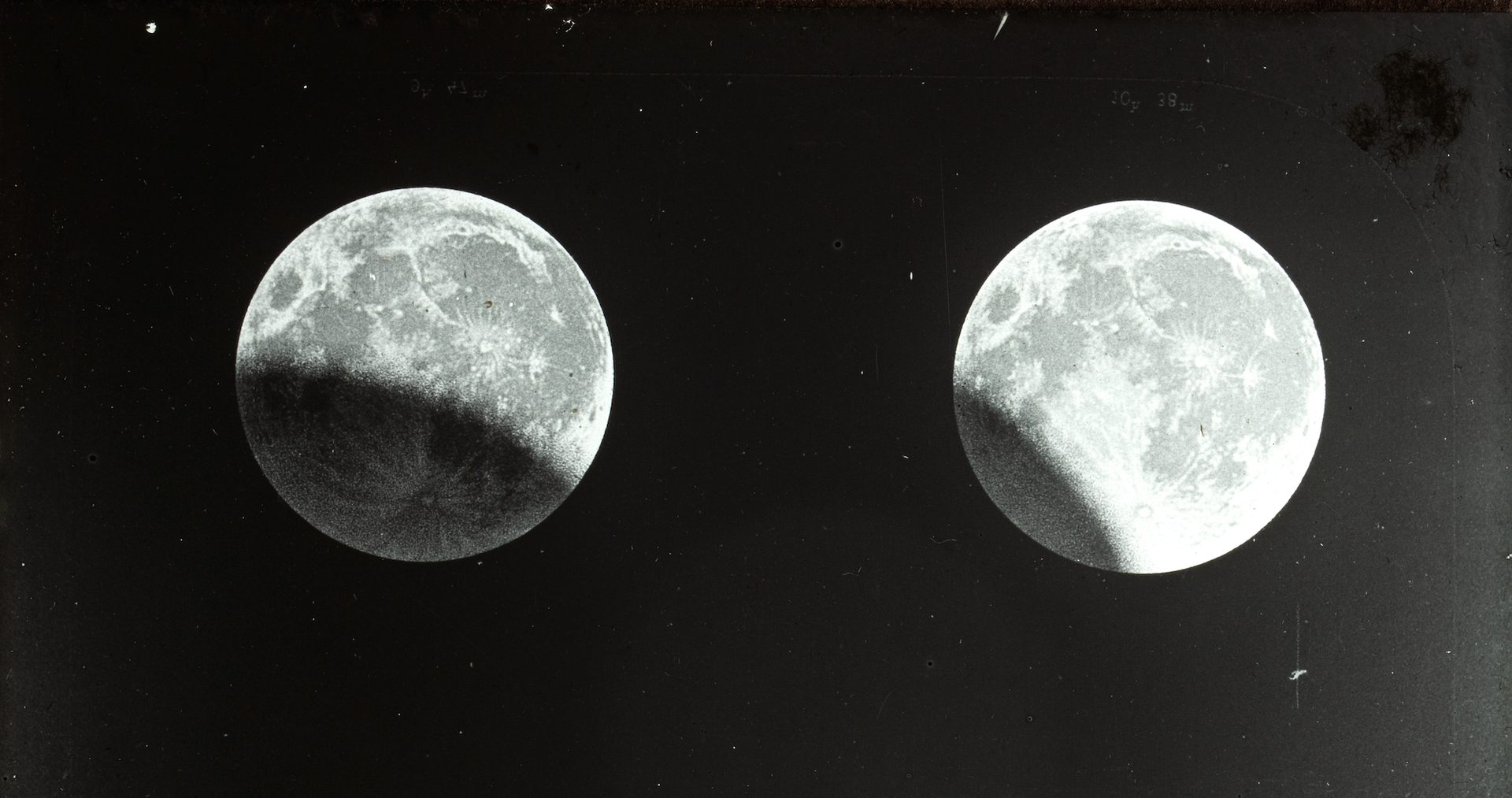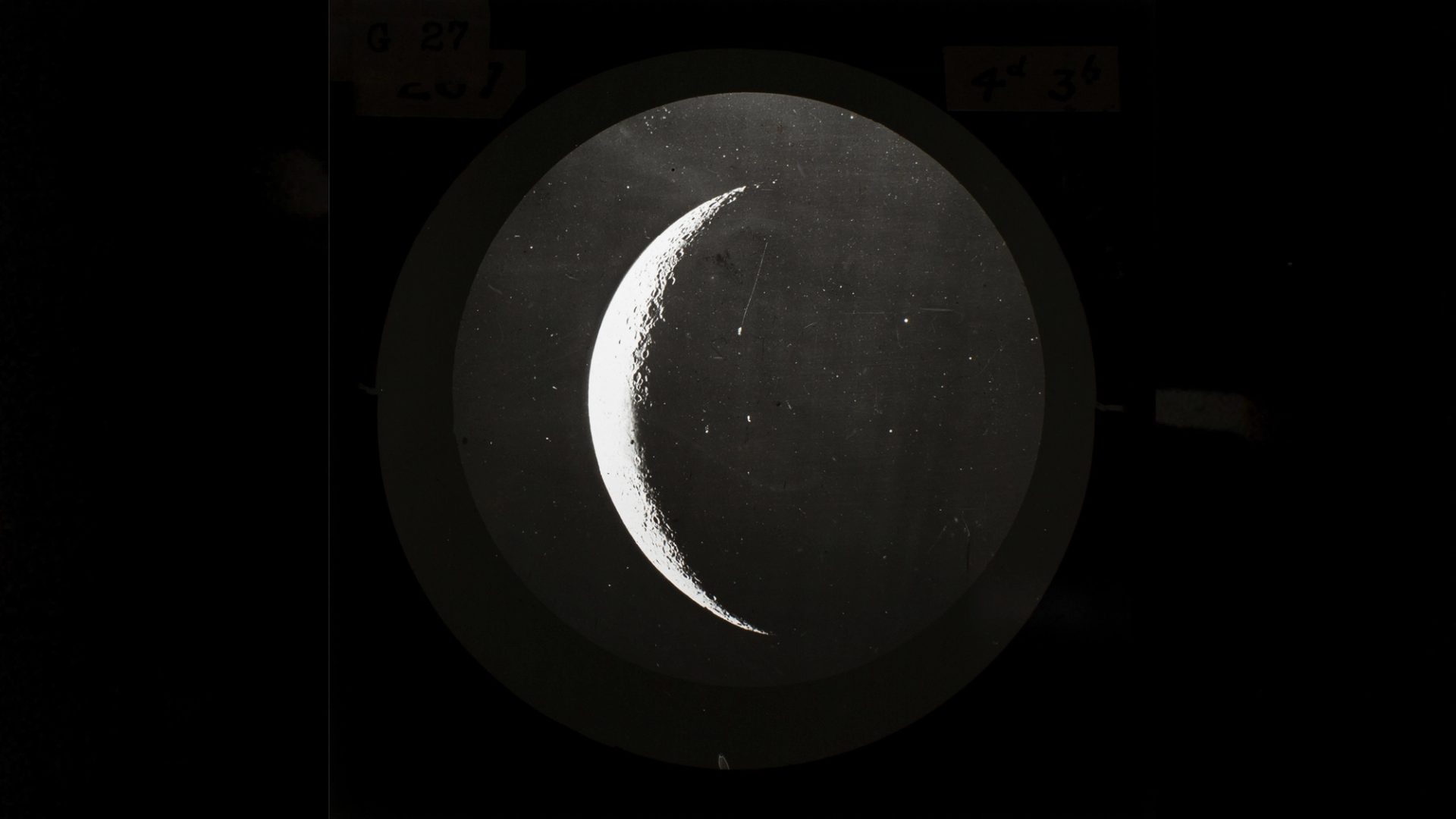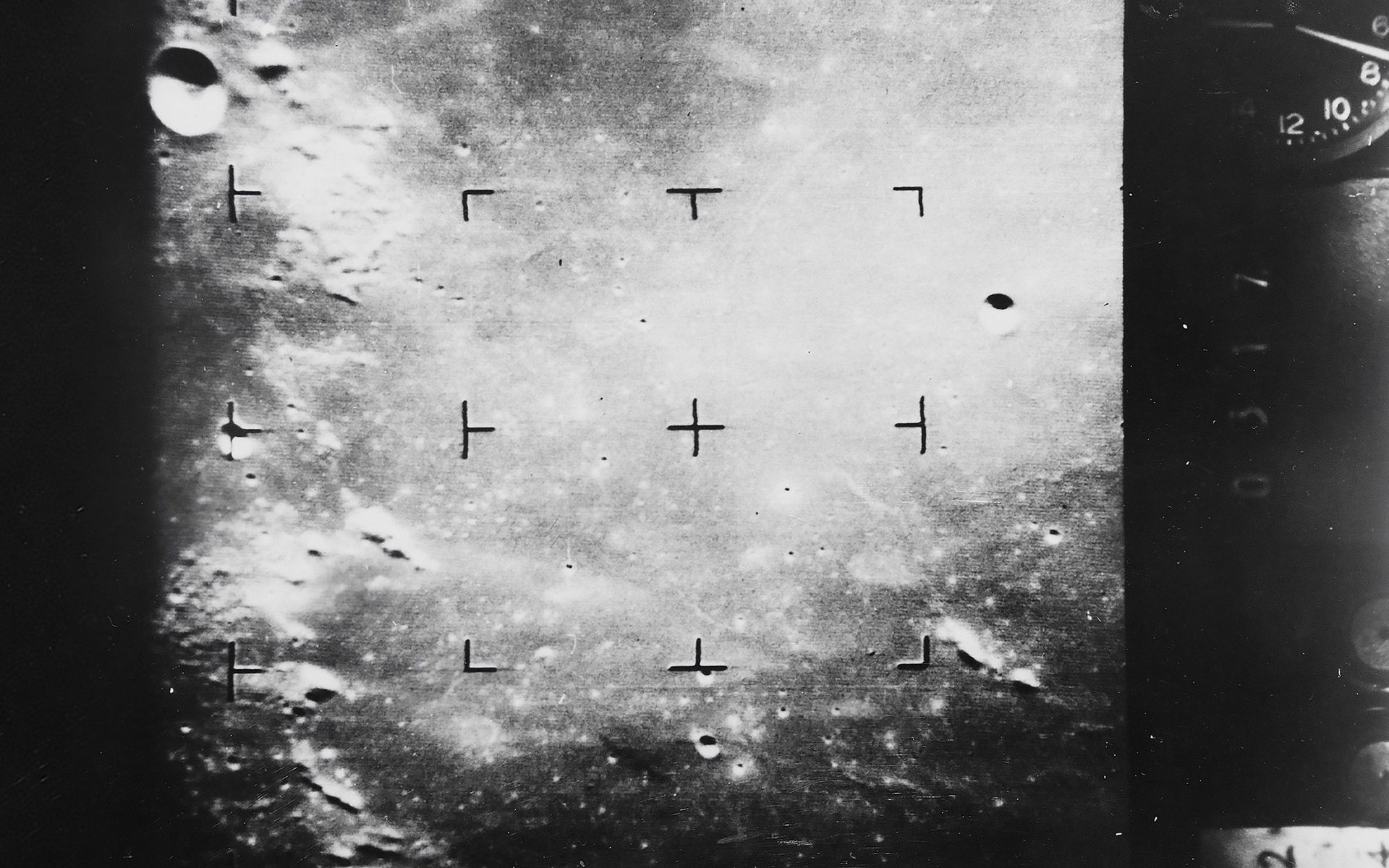Sky Guide July 2024

‘On a moonless night from a dark location, the brightest part of our Milky Way galaxy seems to reach from the northeast bulging overhead before dipping to the southwest. It is simply breathtaking’
Moon phases
New Moon Saturday 6 July 8:57am AEST
First quarter Sunday 14 July 8:49am AEST
Full Moon Sunday 21 July 8:17pm AEST
Last quarter Sunday 28 July 12:51pm AEST
Planets

EVENING
Mercury is low in the north-west. It moves from Gemini into Cancer at the beginning of July and then into Leo in the middle of the month. On 8 July, a thin crescent Moon is above and to the right or north of the planet. Mercury passes the bright star Regulus at a distance of four Moon-widths on 25 July.
Venus is low in the north-west, starting in Gemini just after the beginning of the month, moving to Cancer in the middle of the first week of July and then joining Mercury in Leo near the end of the month. On 7 July, a very thin crescent Moon may just be visible above and to the right or north of Venus.
MORNING
Mars is in the north-east, moving from Aries to join Jupiter in Taurus in the middle of the second week of the month. On 2 July, the crescent Moon is below and to the left or north of Mars, while on 30 July it is to the left or north of the planet. On 16 July, Mars passes Uranus at a separation of one Moon-width; it’s a good opportunity to find the seventh planet from the Sun with binoculars.
Jupiter is in the north-east in Taurus near its bright reddish star Aldebaran. On 3 July, the crescent Moon is above and to the left or north of Jupiter, while the next morning it is directly below. On 31 July it is below and again to the left or north.
Saturn is high in the north-west in Aquarius. On 25 July, the gibbous Moon is below Saturn and is just two Moon-widths from it.
Constellations
Constellations are groups of stars that represent mythological figures, fanciful beasts or old scientific instruments. Some have been used for millennia as a tool to share significant cultural stories and to track the passage of the weeks and months. Today they also help astronomers mark out portions of the sky and locate astronomical objects. Those listed below have been selected for their visibility in the evening up to two hours after sunset as seen from the southern hemisphere.

Boötes the herdsman is low in the north May to August and quite unremarkable apart from its star Arcturus, which is the fourth brightest star in the night sky overall and the brightest in the northern sky. Arcturus is only slightly more massive than our Sun, but its advanced evolution has taken it off the Main Sequence to become a bloated giant 25 times bigger and 170 times brighter, which gives it a golden orange hue at about 37 light years.
Centaurus the half man half horse represents the scholarly Chiron, tutor of many of the Greek gods and heroes including Heracles, Achilles and Jason. Its two brightest stars of Alpha – the closest star system to the Sun and Beta Centauri – make up the front legs of the centaur. When used with Crux, they help find south. It also contains the most spectacular globular cluster of all, Omega Centauri NGC 5139. Centaurus was one of the original 48 constellations as mapped by Ptolemy and originally included Crux before the latter was identified separately in the 17th century CE.
Crux or the Southern Cross is the smallest of all 88 western constellations and consists of four bright stars. Along with the nearby pointers of Alpha and Beta Centauri, Crux can be used to find south. Draw an imaginary line from the top of the cross shape though the bottom and across the sky. Midway between the pointers draw a line perpendicular to the line that joins them. Where these two longer lines intersect is close to the southern celestial pole. From this point drop to the horizon to locate south. This technique works at any time of the night, any time of the year. The superb open cluster NGC 4755 (Jewel Box) appears very close to the second brightest star, Beta Crucis.
Libra has been recognised historically as scales or a part of Scorpius, forming the scorpion’s claws, however the Romans returned it the separate set of scales we are familiar with today. The former association of Libra and Scorpius is reflected in the names of the two brightest stars in Libra: Zubenelgenubi and Zubeneschamali, meaning ‘the southern claw’ and ‘the northern claw’ respectively. Libra is host to the star Gliese 581, the first star identified with an Earth-like exoplanet.
Ophiuchus the serpent bearer is an ancient constellation and one of the original 48 as mapped by Ptolemy. It is said to represent the mythical healer Aesculapius. It sits close to the galactic centre in Sagittarius. It is now the thirteenth zodiac sign with the Sun, Moon and planets passing through it from 30 November to 17 December. Ophiuchus contains a small red dwarf called Barnard’s star, which is the fourth closest to Earth after the triplet of the Alpha Centauri system. Its proximity of just 5.96 light years and 16% mass of the Sun has made it a highly studied star. It is believed to be twice the age of the Sun.
Sagittarius the archer is located just behind the sting of Scorpius. In Greek mythology the archer is a centaur pointing his arrow towards the heart of Scorpius, though from the southern hemisphere this constellation looks more like a teapot. Sagittarius is home, as we see it, to the centre of our galaxy, the Milky Way with a monstrous black hole about four million times the mass of the Sun and 26,000 light years away. Called ‘Sagittarius A *’ (pronounced as Sagittarius-A-Star), images taken in 2017 and released in May 2022 from NASA’s Event Horizon Telescope (EHT) show matter swirling around it at close to the speed of light. The event horizon is about the same distance from the singularity as Mercury is from our Sun.
Scorpius the scorpion is one of the easiest constellations to pick out as it is one of the few that does look like what it’s supposed to represent. Among the brightest parts of the Milky Way along with Sagittarius, the red supergiant star Antares (Rival of Mars) marks the heart of the scorpion. From the heart, three stars mark the head and claws while moving the other way shows the body, hooked tail and sting. The scorpion plays a role in many myths; however, it is best known in Greek mythology for its pursuit of Orion through the night sky. Scorpius dominates the sky from June to August when it sits high overhead. It contains the globular cluster M4, the first in which individual stars were resolved approximately 6000 light years away. It also has two open clusters M6 the Butterfly cluster, which is 100 million years old, and M7 the Ptolemy cluster at just 200 million years old.
Virgo the maiden is the second largest of all constellations. Virgo rises in the east in April and sets after sunset by mid-August. It can be most easily found by locating the constellation’s brightest star, Spica. The rest of the figure is composed of relatively faint stars and looks a little like a maiden. It is one of the two constellations in which the ecliptic and celestial equator cross – the other being Pisces. This one marks the current position of the September equinox, the beginning of our Spring in the Southern Hemisphere. It is home to a cluster of galaxies, of which M87 is the largest, at around 60 million light years with a central black hole at least 7 billion times the mass of the Sun. Virgo’s one bright star, Spica, is the 16th brightest in the night sky and about 250 light years away.

Deep sky
Alpha Centauri is a triple star system consisting of Alpha Centauri A and B, and the closest star to our Sun, Proxima Centauri (Alpha Centauri C) at 4.2 light years away. Proxima Centauri is a red dwarf star, only visible through large telescopes, and revolves around the other two stars once every 550,000 years. Two planets have been confirmed in orbit around Proxima: Proxima b and Proxima c. Proxima b is an Earth-mass planet discovered in 2016, which is located within the habitable zone of Proxima Centauri, while Proxima c is a super-Earth exoplanet discovered in 2020, which orbits the star once every 1928 days.
Carina Nebula (NGC 3372) is more than four times larger than the more famous Orion Nebula (M42) seen in summer. Its distance of around 7500 light years disguises its immense size of around 500 light years in diameter. On a moonless night it is a stunning view through binoculars or a telescope as well as being visible to the naked eye. It contains some of the youngest star clusters in the Milky Way as well as a star already coming to an explosive death. The star Eta Carinae is 100-150 times the mass of the Sun and is a dying cataclysmic variable, which is expected to explode as a supernova anytime within the next million years. A supernova precursor eruption in the 1840s temporarily elevated it to the second brightest star in the night sky.
NGC 3293 and NGC 3532 are two stunning open clusters in Carina and both excellent targets for binocular and telescope viewing. NGC 3532 was the first target of the Hubble Space Telescope in 1990. It contains around 150 stars thought to be 300 million years old at a distance of 1300 light years. NGC 3293 is much younger with stars between 6 and 20 million years but around 9000 light years away.
The Jewel Box (NGC 4755) is an open star cluster approximately 10 million years old. It is close to Beta Crucis (Mimosa), the second-brightest star in Crux (Southern Cross) and in binoculars and small telescopes appears as an ‘A’ shape. It is about 20 light years across, and has around 100 stars, most of which are blue and include some blue and red super giants such as DU Crucis which is around 500 times the diameter of the Sun. The Jewel Box is one of the youngest open clusters in our skies with an estimated age of about 14 million years. It lies at a distance of about 6400 light years.
M4 is the closest globular cluster to Earth at 5500 light years away. M4 is easy to locate, sitting next to the red supergiant star, Antares, in Scorpius. The cluster contains more than 100,000 stars with approximately 40,000 of these being white dwarf stars.
M6 the Butterfly and M7 Ptolemy’s are two open star clusters found near the sting of the Scorpion. M6 is about 1600 light years away and M7 is about 980 light years.
Omega Centauri (NGC 5139) is the brightest and largest of approximately 150 globular clusters orbiting the Milky Way. It is so bright it was labelled as a star on early sky charts by Ptolemy and is one of the few objects in the sky that carries both a star designation and an object catalogue designation. Omega Centauri shines with the luminosity of a million suns and is relatively close to us, only 15,800 light years away. It contains approximately 10 million stars and some theories suggest it could be the remnant core of a galaxy that is merging with the Milky Way.
The Sombrero Galaxy (M104 or NGC 4594) is an almost edge on barred spiral galaxy about 30% the size of the Milky Way, 28 million light years away. Its central black hole is about one billion times the mass of our Sun, which makes it one of the largest black holes found so far in the heart of a galaxy. The Sombrero Galaxy is situated within the constellation Virgo on the border with Corvus. It requires a moderate sized telescope and will appear as a small smoky smudge.

The Jewel Box (NGC 4755) is an open star cluster approximately 10 million years old. It is close to Beta Crucis (Mimosa), the second-brightest star in Crux (Southern Cross) and in binoculars and small telescopes appears as an ‘A’ shape. It is about 20 light years across, and has around 100 stars, most of which are blue and include some blue and red super giants such as DU Crucis which is around 500 times the diameter of the Sun. The Jewel Box is one of the youngest open clusters in our skies with an estimated age of about 14 million years. It lies at a distance of about 6400 light years.
M4 is the closest globular cluster to Earth at 5500 light years away. M4 is easy to locate, sitting next to the red supergiant star, Antares, in Scorpius. The cluster contains more than 100,000 stars with approximately 40,000 of these being white dwarf stars.
M6 the Butterfly and M7 Ptolemy’s are two open star clusters found near the sting of the Scorpion. M6 is about 1600 light years away and M7, about 980 light years.
Omega Centauri (NGC 5139) is the brightest and largest of approximately 150 globular clusters orbiting the Milky Way. It is so bright it was labelled as a star on early sky charts by Ptolemy and is one of the few objects in the sky that carries both a star designation and an object catalogue designation. Omega Centauri shines with the luminosity of a million suns and is relatively close to us, only 15,800 light years away. It contains approximately 10 million stars and some theories suggest it could be the remnant core of a galaxy that is merging with the Milky Way.
The Sombrero Galaxy (M104 or NGC 4594) is an almost edge on barred spiral galaxy about 30% the size of the Milky Way, 28 million light years away. Its central black hole is about one billion times the mass of our Sun, which makes it one of the largest black holes found so far in the heart of a galaxy. The Sombrero Galaxy is situated within the constellation Virgo on the border with Corvus. It requires a moderate sized telescope and will appear as a small smoky smudge.
Special Events
Aphelion on Friday 5 July 3:06pm AEST, when the Earth will be at its greatest distance from the Sun.


Sydney Observatory
Open for pre-booked tours, located on Gadigal land, a national place of connection and scientific research. The site is undergoing heritage conservation works.






















